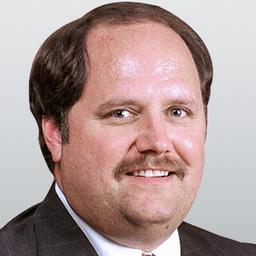Commentary
At the end of World War II, the Soviet Union ended up on the same side as the Allies, despite the pre-war German–Soviet non-aggression pact.


At the end of World War II, the Soviet Union ended up on the same side as the Allies, despite the pre-war German–Soviet non-aggression pact.